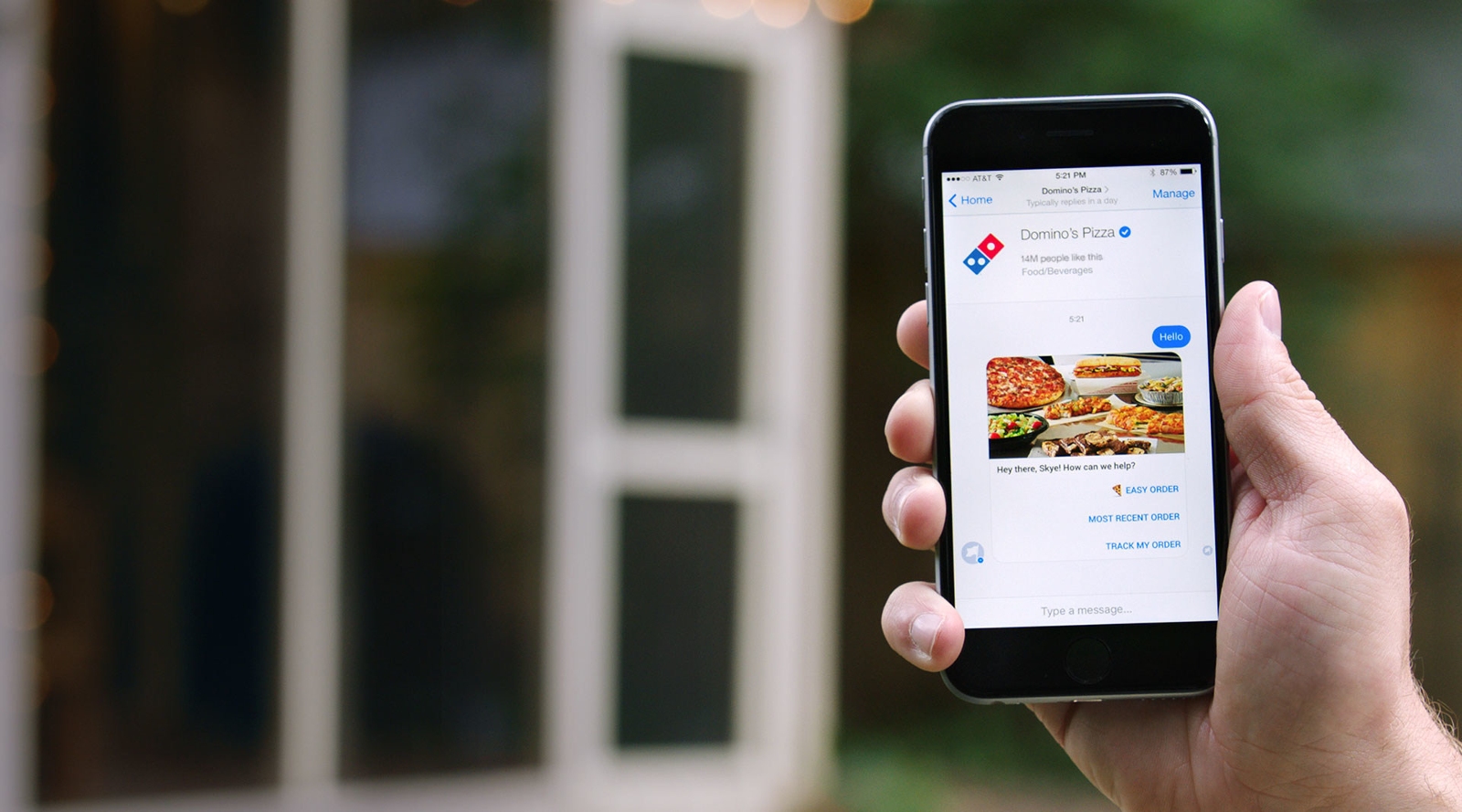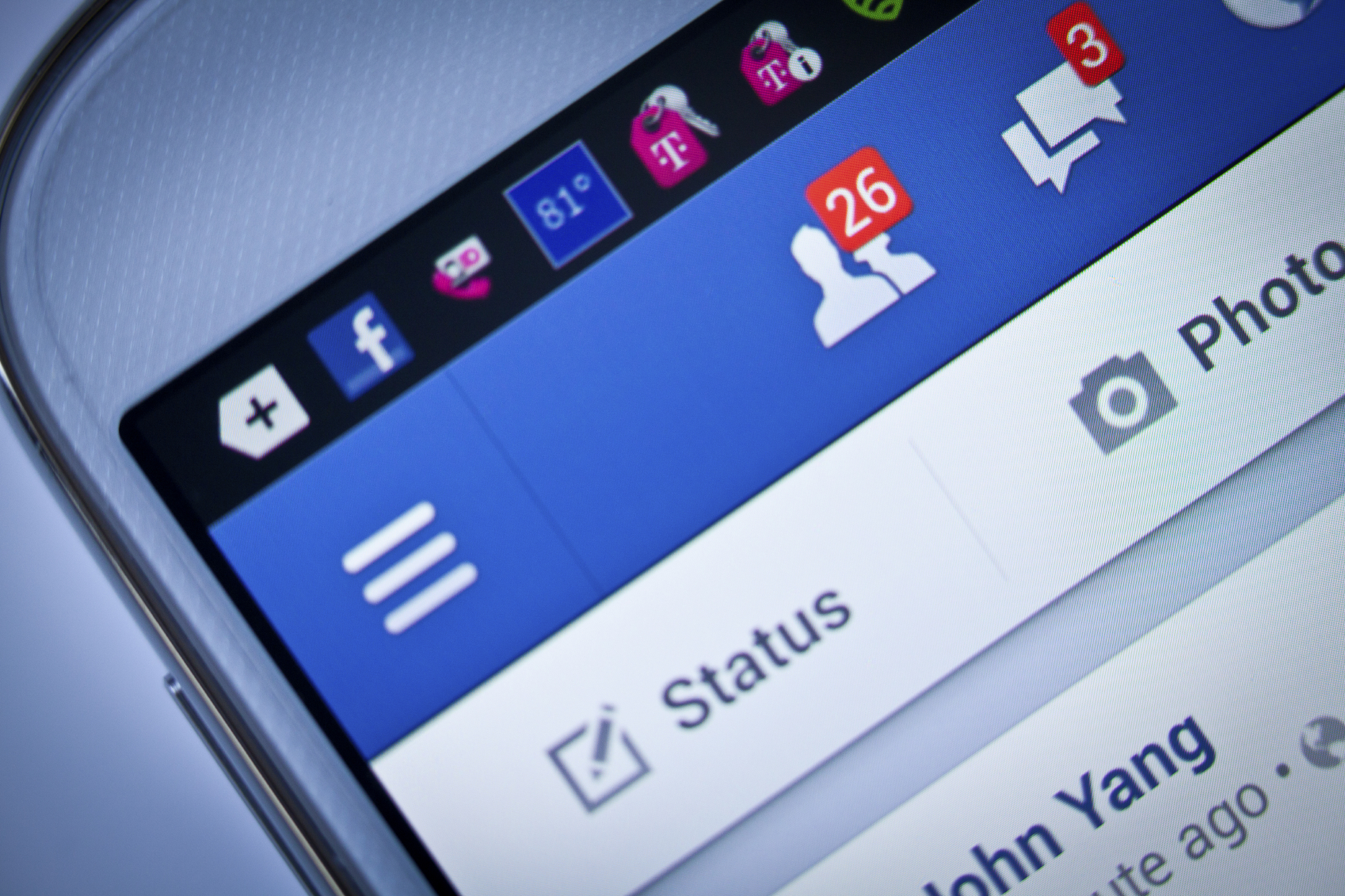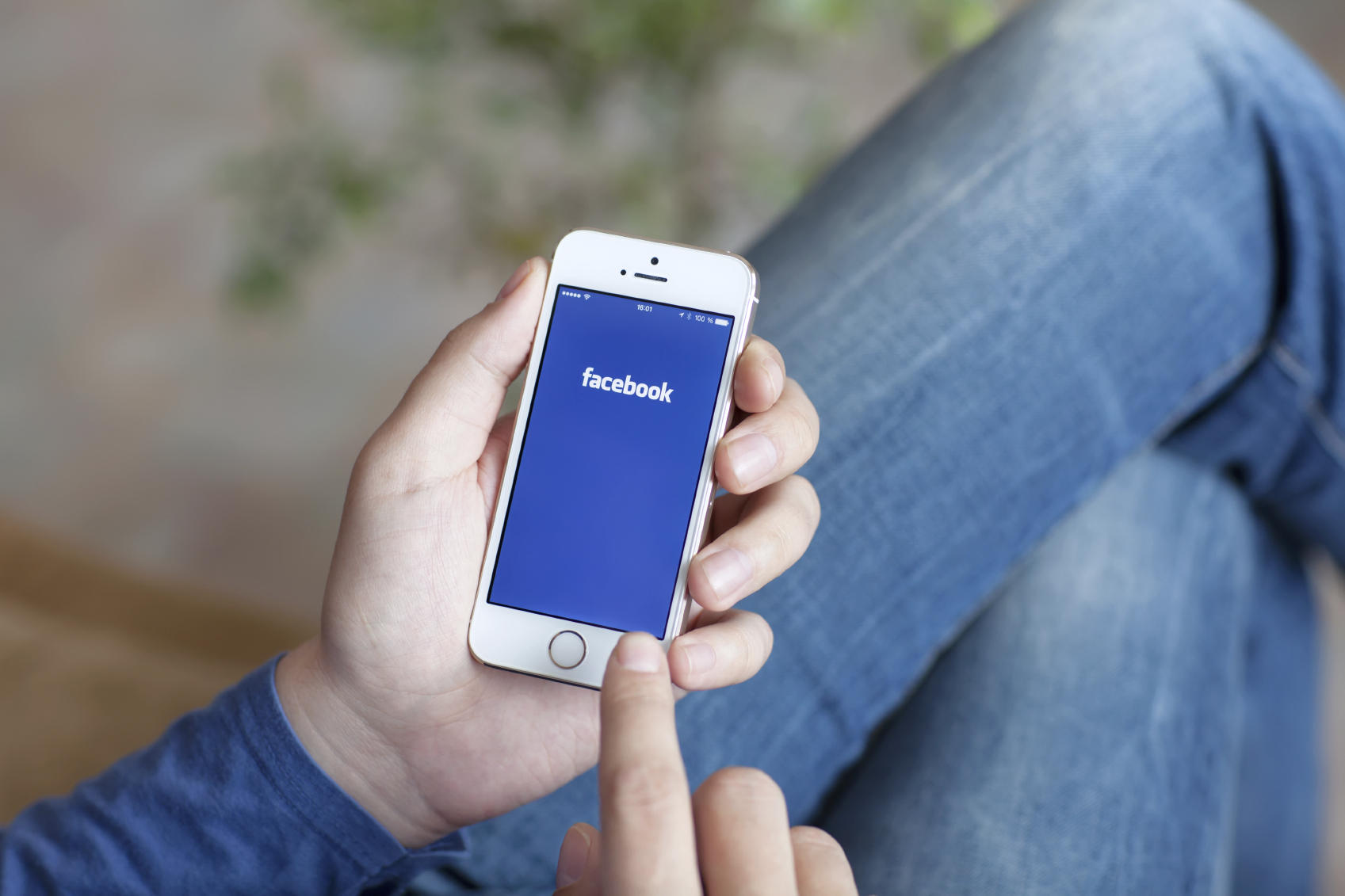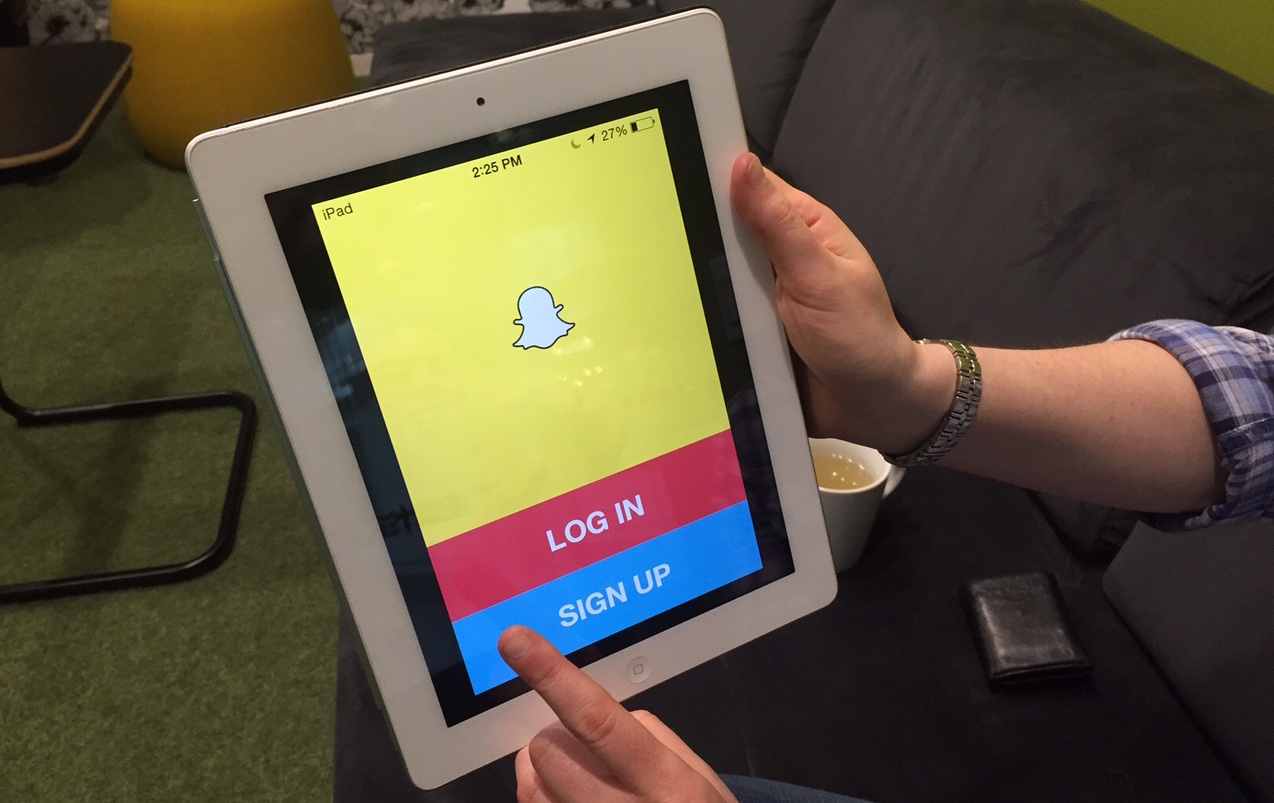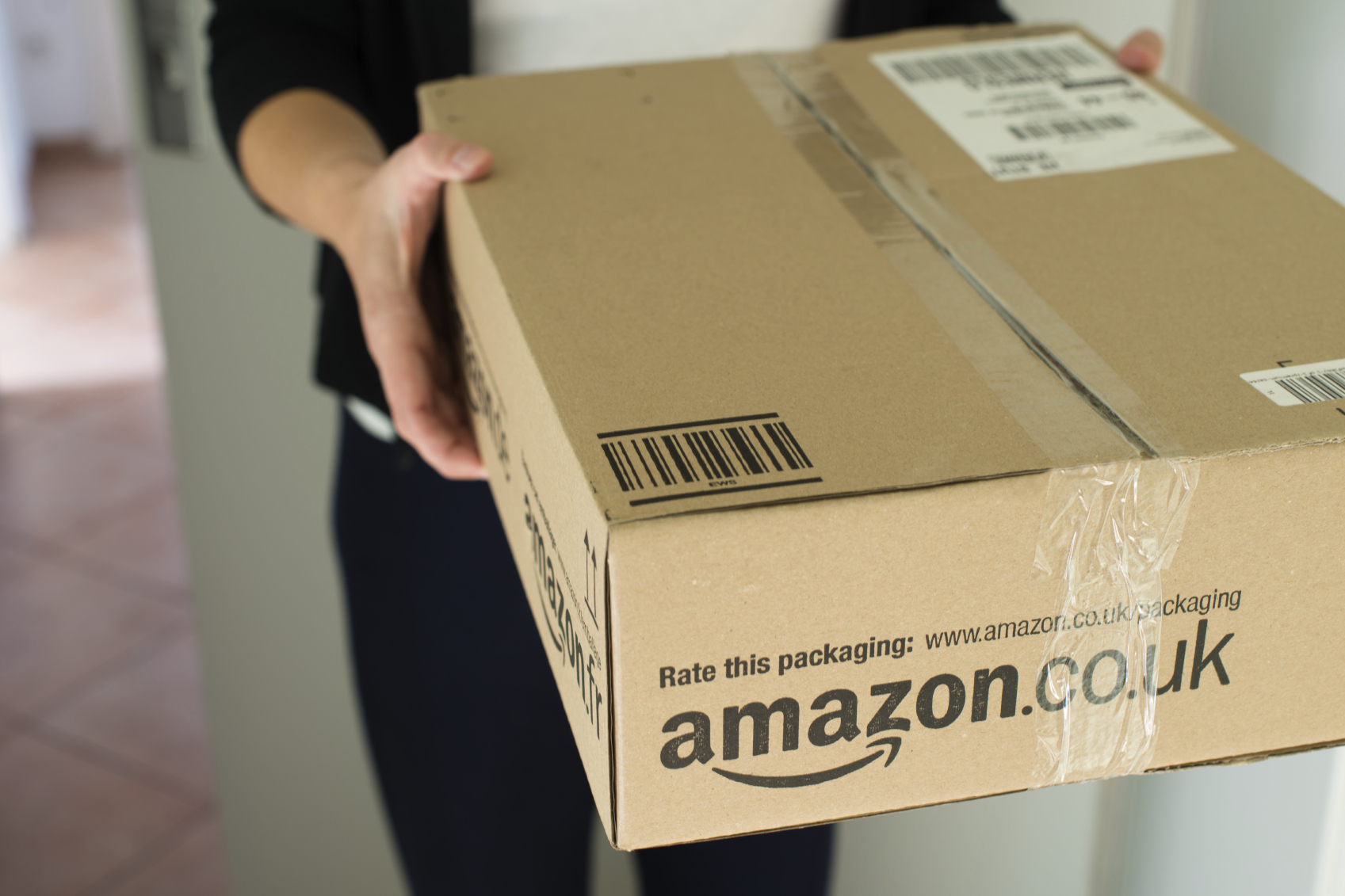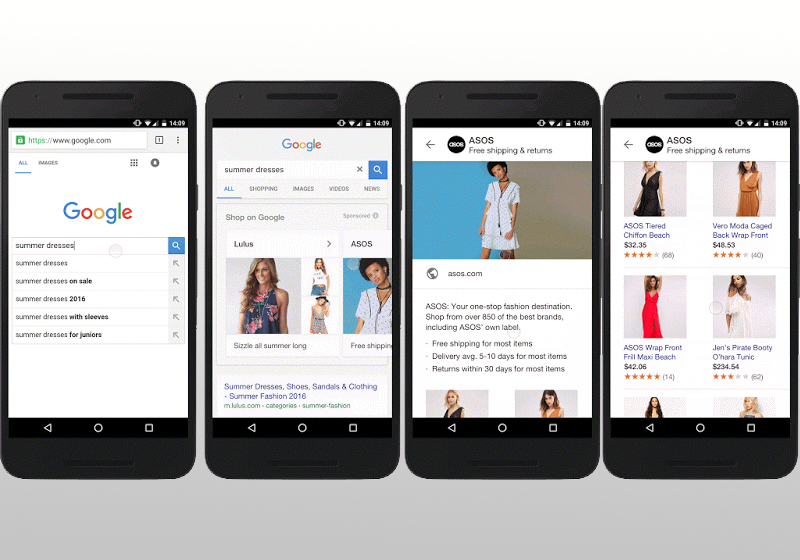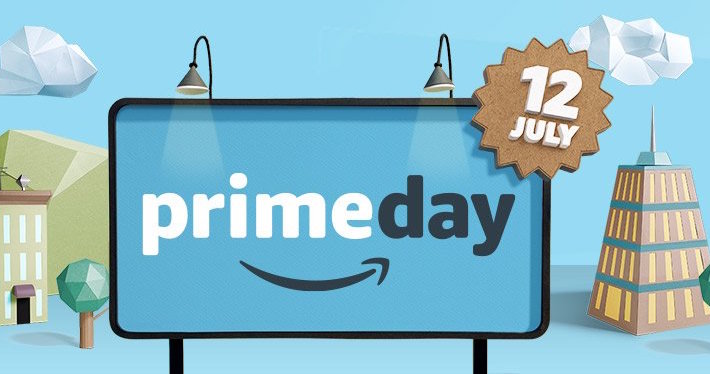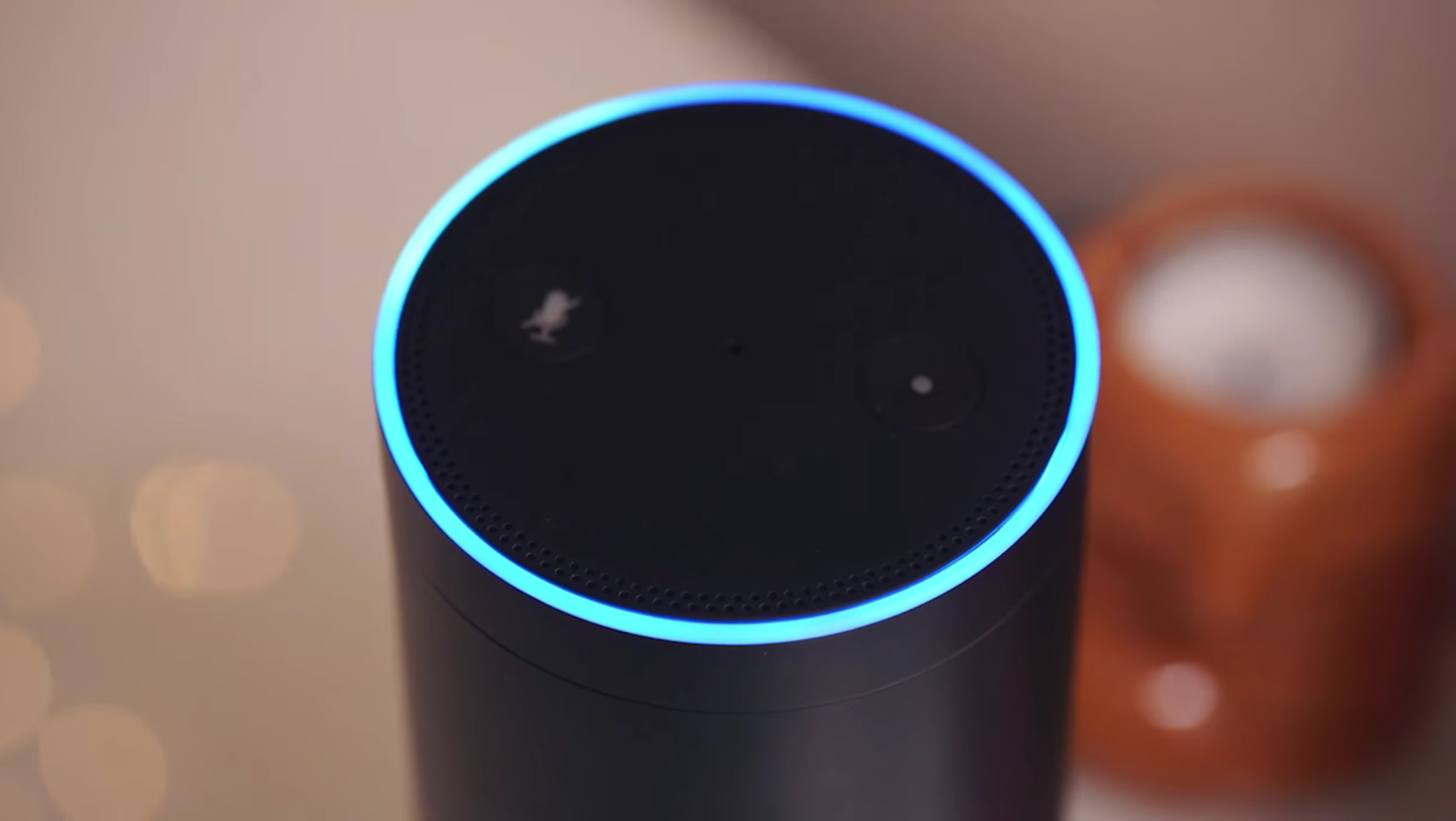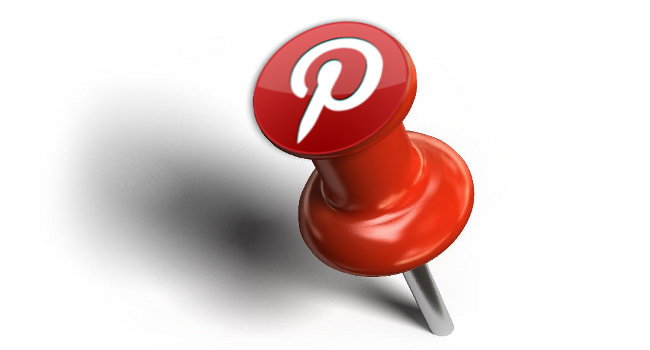What Happened
Domino’s Pizza and Burberry both launched ecommerce-focused chatbots to sell directly to online customers via Facebook’s messaging app. Domino’s chatbot for Facebook Messenger, which was first launched a month ago in the U.K. and Ireland and officially rolled out to U.S. customers last Thursday, allows customers to chat with a bot to quickly repurchase their most recent order or the “Easy Order” saved in their Pizza Profile.
Burberry’s Messenger bot, on the other hand, engages users with design sketches and a mini maze game. Users who finish the maze will unlock access to a “Burberry show space,” where they will be able to order items that they fancy directly from the new line as they become available after Burberry’s London Fashion Week show on Monday, September 19.
What Brands Need To Do
Both examples are illustrative of the ecommerce potential that chatbots have in converting interested consumers. As consumers increasingly turn to messaging apps as their primary channels of communication, it is important that brands follow the customers to reach them. To learn more about what chatbots can do for brands, check out our Medium post on chatbots.
The Lab has extensive knowledge about building chatbots. If you’re interested in reaching your audience on messaging apps and better serving them with a chatbot, please contact our Client Services Director Samantha Holland ([email protected]) for more information or to schedule a visit to the Lab.
Source: PRNewswire & Glossy
Header image courtesy of Domino’s press release
